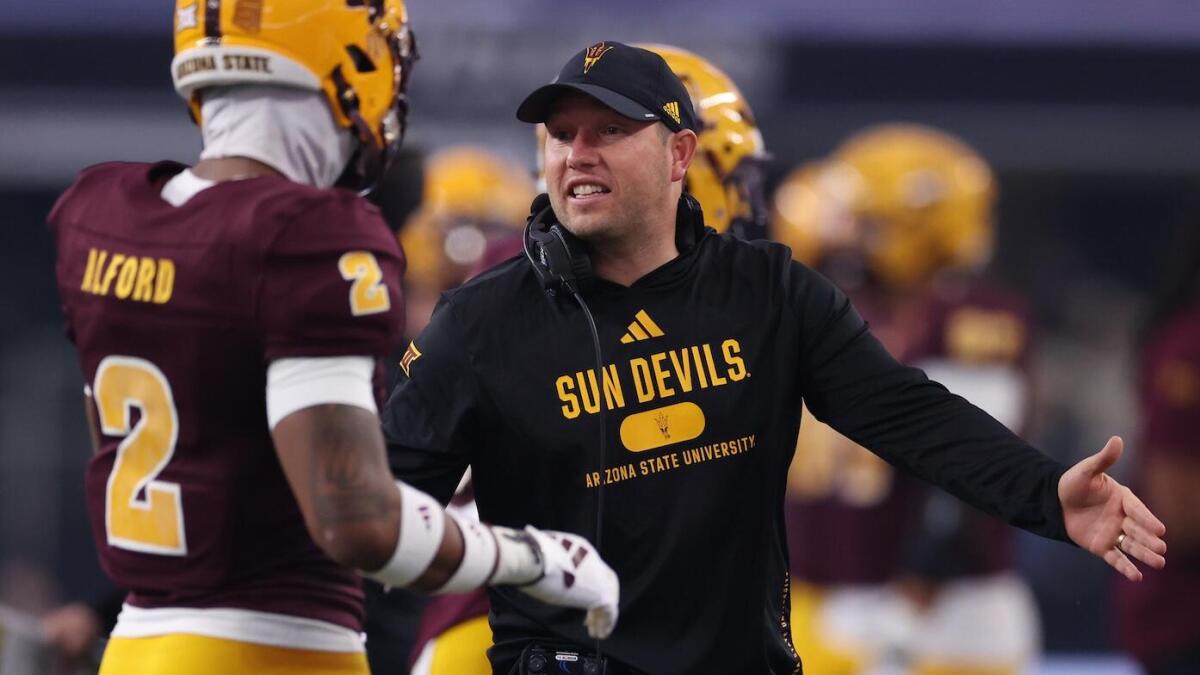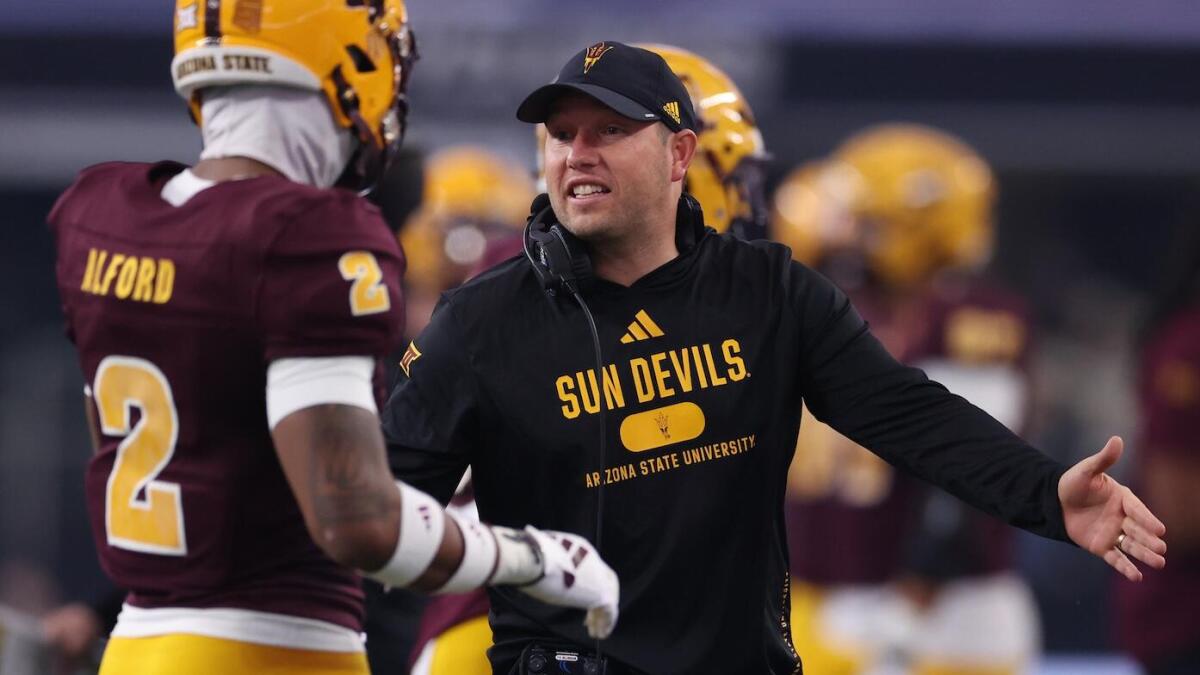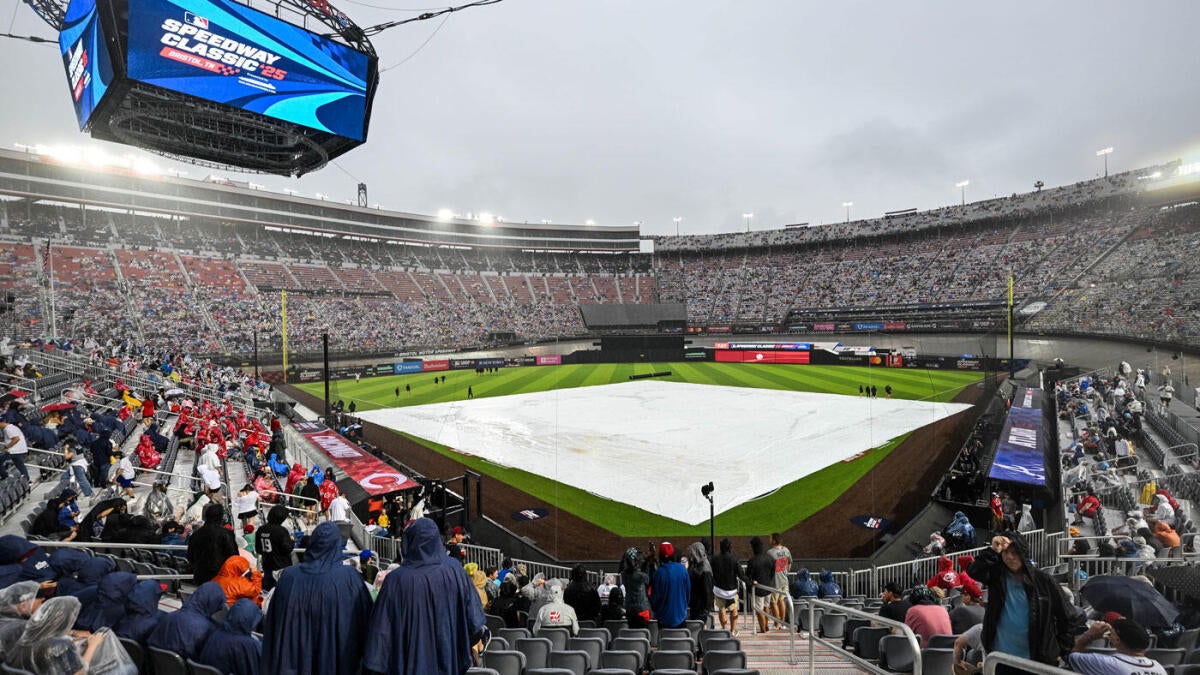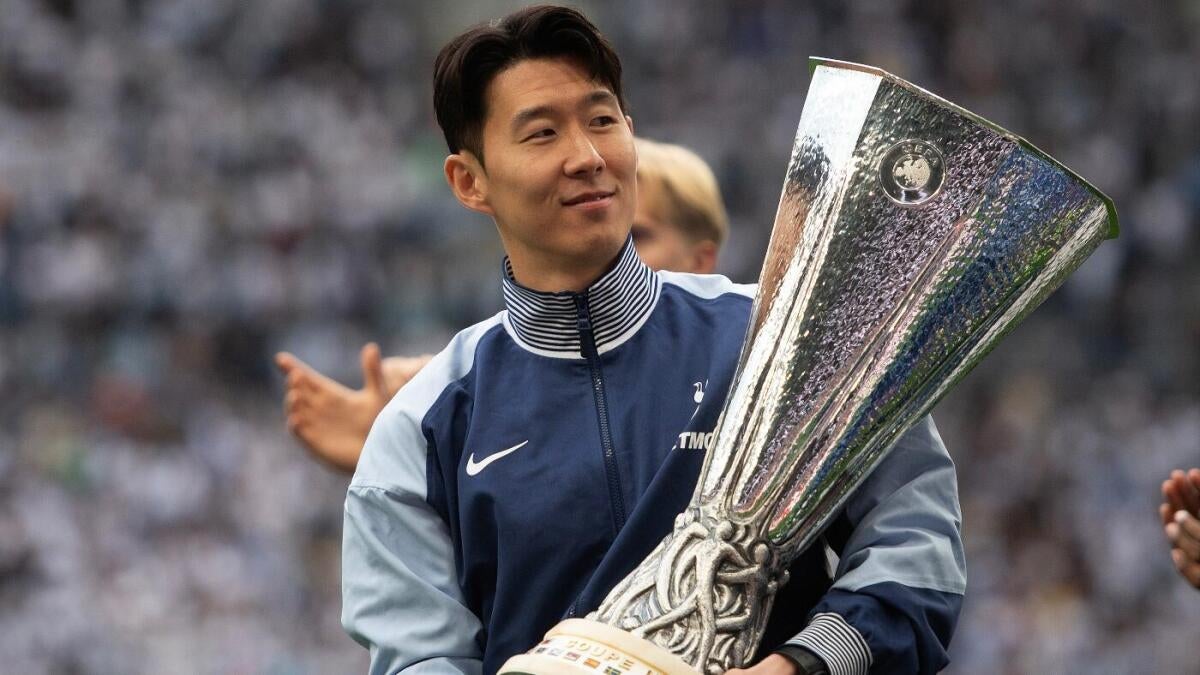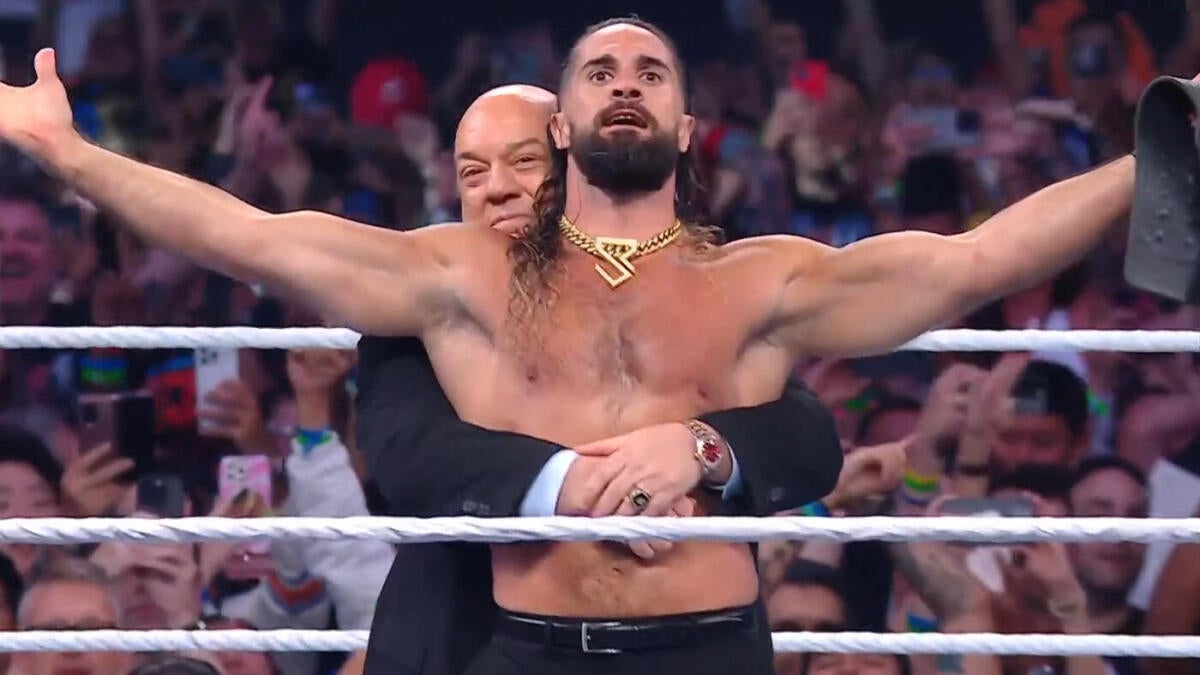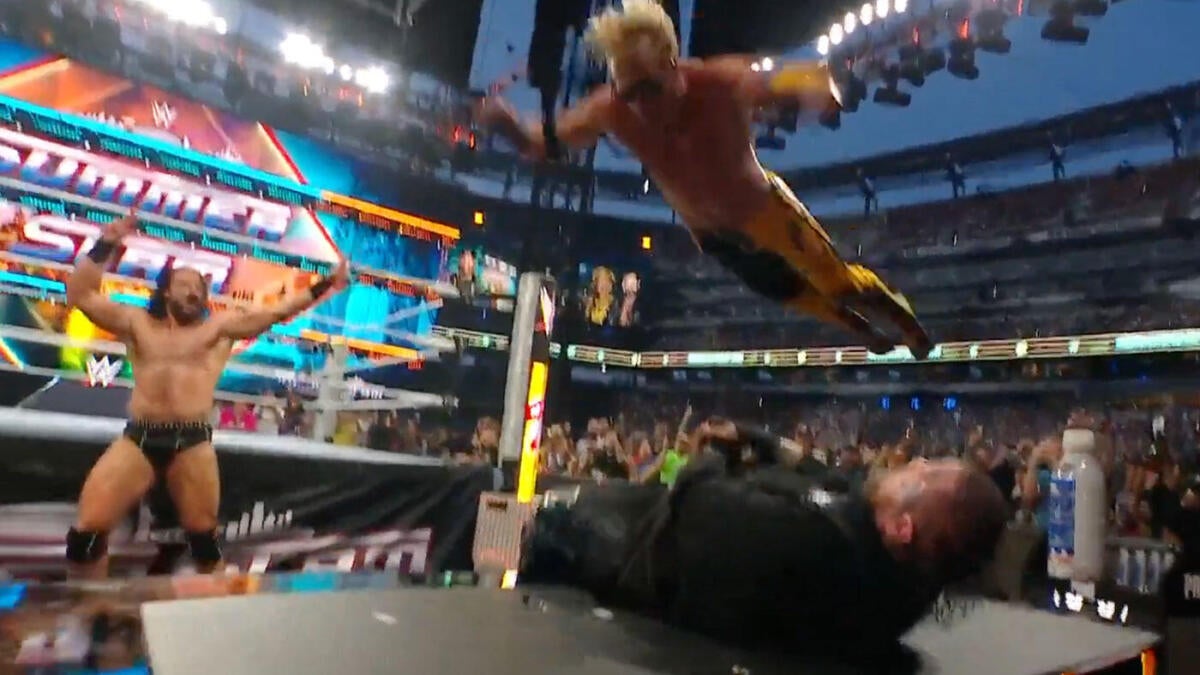The NIL Revolution in Texas: A New Era for High School and College Athletics
The Dawn of NIL in the Lone Star State
The Name, Image, and Likeness (NIL) revolution has swept across the United States, and Texas, a state synonymous with athletic prowess and fervent sports culture, stands at the forefront of this transformative wave. The NIL era, which began in 2021, has granted college athletes the unprecedented right to profit from their personal brand, fundamentally altering the landscape of collegiate and high school sports. Texas, with its deep talent pool and passionate fan base, has quickly become a major player in this new paradigm, though the journey has been marked by both triumphs and challenges.
College Athletics: A Booming Market
Texas universities have embraced NIL with varying degrees of success, leveraging the new regulations to enhance their athletic programs and attract top talent. The establishment of NIL collectives—organizations that pool resources from donors and businesses to facilitate NIL deals for athletes—has been a game-changer. These collectives act as intermediaries, connecting athletes with endorsement opportunities and helping them navigate the complexities of NIL agreements.
The impact on recruiting is undeniable. While traditional factors such as coaching staff, facilities, and academic reputation still hold significant weight, NIL has emerged as a critical differentiator. Schools with well-funded and organized NIL programs can offer attractive financial incentives to top recruits, potentially swaying their decisions. For example, the University of Texas and Texas A&M have invested heavily in NIL infrastructure, providing resources and education to their athletes, which has made them more competitive in the recruiting landscape.
However, this new dynamic has also created a competitive imbalance. Schools with deeper pockets and more aggressive collectives may have an unfair advantage, leading to concerns about a pay-for-play system. Smaller schools, lacking the financial muscle of their Power Five counterparts, are forced to find creative ways to compete, focusing on player development and a strong sense of community. This disparity has sparked debates about the long-term sustainability and fairness of the NIL system.
High School: Navigating Murky Waters
The high school NIL landscape in Texas is more restrictive, with current state legislation prohibiting high school athletes from entering NIL deals until they enroll in higher education. This restriction has created a unique situation where talented young athletes must wait to capitalize on their fame, even as their peers in other states are already earning significant income.
This restriction has drawn criticism from some who argue that it puts Texas athletes at a disadvantage. The debate centers on fairness and the potential for lost opportunities. While some fear that allowing high school NIL deals would professionalize youth sports and create undue pressure on young athletes, others contend that it’s a matter of economic justice. The argument for allowing high school athletes to profit from their NIL rights is rooted in the belief that they should be able to benefit from their hard work and talent, just as their college counterparts do.
Despite the restrictions, NIL’s influence is still felt in Texas high schools. College recruiters are keenly aware of NIL potential when evaluating prospects, and the specter of future earnings undoubtedly factors into athletes’ decisions about where to play. This has led to a shift in the recruiting landscape, with high school athletes and their families considering the NIL opportunities available at different colleges as a crucial factor in their decision-making process.
Key Players and Initiatives
Several organizations and individuals are shaping the NIL landscape in Texas, each playing a unique role in this evolving ecosystem.
Universities and Athletic Departments
Universities such as the University of Texas and Texas A&M have taken a proactive approach to NIL, investing heavily in infrastructure and resources to support their athletes. These institutions have established NIL education programs to ensure that athletes understand their rights and responsibilities, as well as the complexities of NIL agreements. By providing comprehensive support, these universities aim to empower their athletes to make informed decisions and maximize their earning potential.
NIL Collectives
Numerous NIL collectives have sprung up across Texas, each with its own approach to connecting athletes with NIL opportunities. These collectives serve as a bridge between athletes and businesses, facilitating endorsement deals and sponsorships. Some collectives focus on specific sports or universities, while others operate on a broader scale, catering to athletes across the state. The growth of these collectives has been instrumental in the success of the NIL era, providing athletes with the resources and support they need to navigate this new landscape.
Lone Star NIL
Lone Star NIL is a state-specific NIL marketplace that aims to connect Texas college athletes with businesses and fans across the state. This platform provides a centralized hub for NIL deals, making it easier for athletes to find opportunities and for businesses to connect with athletes. By fostering these connections, Lone Star NIL is helping to stimulate economic activity and create new avenues for fan engagement.
Individual Athletes
Many Texas athletes are actively pursuing NIL deals, leveraging their social media presence and personal brands to secure endorsements and sponsorships. These athletes are not only benefiting financially but also gaining valuable experience in marketing, branding, and entrepreneurship. The NIL era has provided athletes with a unique opportunity to build their personal brands and establish themselves as influential figures in the sports world.
Challenges and Opportunities
The NIL era in Texas presents both significant challenges and exciting opportunities for athletes, schools, and businesses.
Challenges
Compliance and Regulation
Navigating the complex web of NIL rules and regulations is a constant challenge for athletes, schools, and businesses. The lack of clear guidelines and the evolving nature of NIL regulations have created a landscape that is difficult to navigate. Athletes and their representatives must stay informed about the latest developments and ensure that they comply with all relevant rules and regulations to avoid potential penalties.
Competitive Imbalance
The financial disparities between schools and collectives threaten to create an uneven playing field. Schools with deeper pockets and more aggressive collectives may have an unfair advantage in recruiting, potentially leading to a pay-for-play system. This competitive imbalance raises concerns about the long-term sustainability and fairness of the NIL system, as well as the potential impact on the integrity of amateur sports.
Potential for Abuse
Concerns exist about the potential for NIL deals to be used as inducements or improper benefits, undermining the integrity of amateur sports. The lack of clear guidelines and oversight has created opportunities for abuse, with some athletes and collectives exploiting the system for personal gain. Ensuring that NIL deals are transparent and compliant with all relevant regulations is crucial to maintaining the integrity of the system.
Impact on Team Dynamics
NIL earnings could create divisions within teams if some athletes are perceived as receiving preferential treatment. The potential for jealousy and resentment among teammates is a real concern, as is the impact on team cohesion and morale. Ensuring that NIL deals are fair and transparent is essential to maintaining a positive team environment and fostering a sense of unity among athletes.
Opportunities
Empowerment of Athletes
NIL provides athletes with the opportunity to earn money from their talents and build their personal brands. This empowerment is a significant shift from the traditional amateur model, which prohibited athletes from profiting from their NIL rights. The NIL era has given athletes a newfound sense of agency and control over their careers, allowing them to capitalize on their hard work and talent.
Economic Development
NIL can stimulate economic activity in local communities, as businesses invest in partnerships with athletes. These partnerships can create new jobs and generate revenue for local businesses, contributing to the overall economic development of the community. By fostering these connections, NIL has the potential to create a positive ripple effect that extends beyond the world of sports.
Enhanced Fan Engagement
NIL can create new avenues for fans to connect with their favorite athletes and teams. By providing athletes with the opportunity to build their personal brands and engage with fans on a deeper level, NIL has the potential to enhance fan loyalty and engagement. This increased engagement can translate into higher attendance, merchandise sales, and overall support for athletic programs.
Innovation and Creativity
The NIL era is fostering innovation in marketing, branding, and athlete representation. As athletes and their representatives explore new ways to capitalize on NIL opportunities, they are pushing the boundaries of traditional marketing and branding strategies. This innovation is not only benefiting athletes but also creating new opportunities for businesses and fans to engage with the world of sports.
The Future of NIL in Texas
The NIL landscape in Texas is still evolving, and its long-term impact remains to be seen. Several key trends are likely to shape the future of NIL in the state.
Increased Regulation
As NIL becomes more established, expect greater scrutiny and potential for stricter regulations at both the state and national levels. The lack of clear guidelines and oversight has created opportunities for abuse, and regulators are likely to take steps to address these concerns. Ensuring that NIL deals are transparent and compliant with all relevant regulations will be crucial to maintaining the integrity of the system.
Focus on Education
Schools will need to invest in comprehensive NIL education programs to ensure that athletes understand their rights and responsibilities. These programs should cover topics such as contract negotiation, tax implications, and the potential impact of NIL deals on athletic eligibility. By providing athletes with the knowledge and resources they need to navigate the NIL landscape, schools can help ensure that they make informed decisions and maximize their earning potential.
Growth of Group Licensing
Expect to see more group licensing deals, where athletes pool their NIL rights for collective marketing opportunities. These deals can provide athletes with a larger platform and greater exposure, as well as the opportunity to negotiate better terms with businesses. Group licensing deals can also create new avenues for fan engagement, as fans can connect with multiple athletes through a single platform.
Integration with Academic Programs
Universities may explore ways to integrate NIL into academic programs, providing students with practical experience in marketing, business, and entrepreneurship. By incorporating NIL into the curriculum, universities can help students develop the skills and knowledge they need to succeed in the modern sports landscape. This integration can also create new opportunities for collaboration between athletic departments and academic programs, fostering a more holistic approach to athlete development.
Continued Debate over High School NIL
The debate over allowing high school athletes to profit from their NIL rights is likely to continue, with potential for legislative changes in the future. As the NIL landscape continues to evolve, lawmakers and stakeholders will need to consider the potential impact of high school NIL deals on the integrity of amateur sports and the well-being of young athletes. Ensuring that any changes to the current system are fair, transparent, and in the best interests of athletes will be crucial to maintaining the integrity of the system.
Conclusion: A Game Changer
NIL has undeniably changed the game in Texas athletics. While challenges and uncertainties remain, the opportunities for athletes, schools, and businesses are immense. As the landscape continues to evolve, stakeholders must work together to ensure that NIL is implemented in a way that is fair, sustainable, and aligned with the values of amateur sports. Texas, with its rich athletic tradition and entrepreneurial spirit, is poised to be a leader in this new era, shaping the future of NIL for years to come. The NIL revolution is not just a passing trend; it is a fundamental shift in the way we think about athletics, and its impact will be felt for generations to come.







